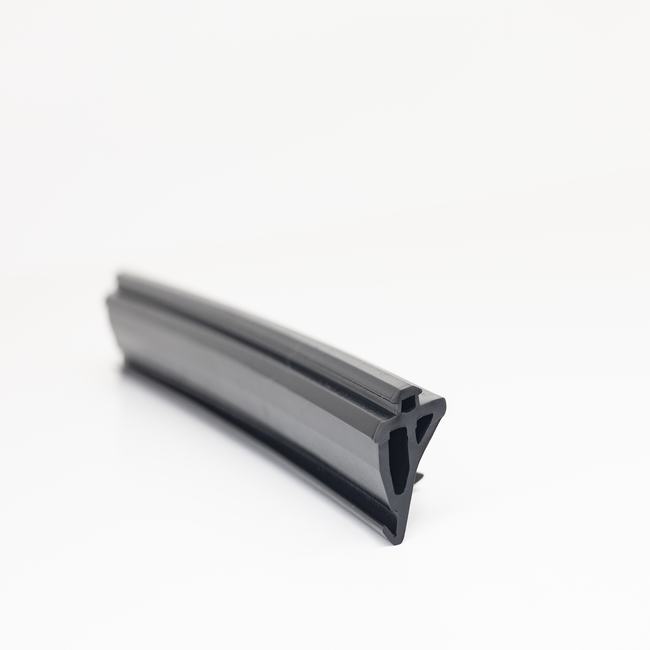Steel door seals, also known as door gaskets, door weatherstripping, or door sweeps, are essential components in the construction and maintenance of doors made primarily of steel. These seals serve a crucial role in enhancing the functionality and efficiency of steel doors, while also providing protection against environmental elements, sound transmission, and energy loss. Here is a comprehensive description of steel door seals and their various aspects:
- Purpose and Function:
Steel door seals are designed to serve multiple functions, including:
- Weather Protection: They seal gaps around doors to prevent the infiltration of outdoor elements, such as rain, wind, dust, and pests, into indoor spaces.
- Energy Efficiency: By creating an airtight seal, these gaskets reduce energy loss through gaps, helping maintain a consistent indoor temperature and lowering heating or cooling costs.
- Sound Insulation: Steel door seals can dampen noise, creating a quieter and more comfortable indoor environment.
- Security: They can enhance the security of a steel door by preventing unauthorized access or tampering.
- Privacy: In some cases, door seals can also provide privacy by blocking visibility through the gap around the door.
- Types of Steel Door Seals:
There are various types of steel door seals, each designed for specific applications and door styles. Common types include:
- Door Sweeps: Installed at the bottom of the door, these sweeps are typically made of flexible materials like rubber or neoprene and are effective at sealing gaps.
- Door Weatherstripping: These are adhesive or mechanically attached seals that run along the sides and top of the door frame to create a weatherproof seal.
- Thresholds: Threshold seals are installed at the bottom of the door frame and provide an effective barrier against drafts, water, and pests.
- Magnetic Door Gaskets: Often used in commercial and industrial settings, these seals are designed to provide a strong magnetic seal for refrigeration or oven doors.
- Materials:
Steel door seals can be made from various materials, including:
- Rubber: Commonly used for its flexibility and resistance to weathering.
- Neoprene: Provides excellent resistance to temperature fluctuations and UV exposure.
- Aluminum: Used in threshold seals and provides durability and resistance to corrosion.
- Magnetic Materials: Employed in magnetic gaskets for strong, airtight seals.
- Foam: Suitable for providing insulation and soundproofing.
- Installation:
Proper installation is crucial to ensure the effectiveness of steel door seals. The installation process typically involves measuring the door gaps, cutting or sizing the seals to fit, and securely attaching them to the door and frame. Adhesive, screws, or other fastening methods may be used depending on the type of seal. - Maintenance:
Regular maintenance is necessary to ensure that steel door seals continue to perform optimally. This may involve cleaning, lubricating, or, in some cases, replacing the seals when they become damaged or worn. - Customization:
Steel door seals can often be customized to fit specific door sizes and requirements. Customization allows for a precise fit, ensuring maximum effectiveness in sealing gaps and providing the desired level of protection and insulation.
In conclusion, steel door seals are vital components in enhancing the performance, security, and energy efficiency of doors primarily constructed from steel. They come in various types, materials, and designs to suit different applications and can be customized to fit specific door requirements. Proper installation and maintenance are essential to ensure their continued effectiveness and long service life.


